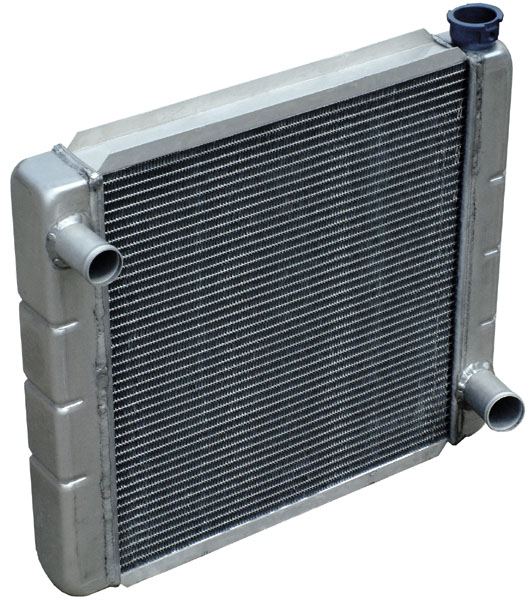Understanding the Importance of Wiring Harness in Modern Technology
Wiring harnesses are an essential component of modern technology, playing a critical role in the functionality of various electronic devices. From automobiles to industrial equipment, wiring harnesses are used to organize and protect electrical wires, ensuring seamless communication and power distribution. In this article, we will explore the significance of wiring harnesses in different applications, their key components, manufacturing processes, and the future of wiring harness technology.
The Functionality of Wiring Harnesses
Wiring harnesses, also known as cable harnesses or wiring looms, are assemblies of cables or wires that transmit signals or electrical power. These harnesses are essential to connect different components within a system and ensure the proper functioning of electronic devices. The primary purpose of a wiring harness is to provide a systematic arrangement of wires, connectors, and protective elements, which simplifies the installation and maintenance of electrical systems.
Whether it’s an automobile, aircraft, or industrial machinery, wiring harnesses play a crucial role in ensuring the smooth operation of various electronic systems. They are designed to withstand harsh environmental conditions, such as high temperatures, vibrations, and moisture, while maintaining the integrity of the electrical connections. With the advancement of technology, the complexity of wiring harnesses has increased, requiring sophisticated designs and materials to meet the demands of modern electronic devices.
Key Components of Wiring Harnesses
A typical wiring harness consists of several key components, each serving a specific purpose in the transmission of electrical signals. These components include wires, connectors, terminals, seals, tapes, and protective sleeves. The wires form the core of the harness, carrying the electrical current from one point to another. The connectors and terminals are used to establish electrical connections between different components, allowing the flow of signals or power.
Seals and tapes are employed to protect the harness from moisture, dust, and other contaminants, ensuring the reliability of the electrical connections. Additionally, protective sleeves, such as braided sleeves or heat shrink tubing, are used to shield the wires from mechanical damage and environmental factors. All these components work together to create a robust and dependable wiring harness that can withstand the rigors of everyday use.
Manufacturing Processes of Wiring Harnesses
The manufacturing of wiring harnesses involves several intricate processes, starting from the design phase to the final assembly. The first step in the manufacturing process is the design and layout of the harness, which is based on the specific requirements of the application. This involves determining the length and gauge of the wires, the type and placement of connectors, and the overall arrangement of the harness.
Once the design is finalized, the next step is the procurement of materials, including wires, connectors, and protective elements. The wires are then cut to the required length and stripped of insulation, while the connectors are crimped or soldered to the wires. The assembly of the harness involves the precise arrangement of wires and components, followed by the application of seals, tapes, and protective sleeves. Quality control measures, such as electrical testing and visual inspections, are carried out at various stages of the manufacturing process to ensure the reliability and safety of the harness.
The Future of Wiring Harness Technology
As technology continues to evolve, so does the field of wiring harness technology. With the advent of electric vehicles, autonomous machinery, and advanced industrial automation, the demand for sophisticated wiring harnesses is on the rise. The future of wiring harness technology lies in the development of high-performance materials, compact designs, and intelligent connectivity solutions that can accommodate the growing complexity of modern electronic systems.
Advancements in materials science, such as the use of high-temperature resistant polymers and conductive nanomaterials, will contribute to the development of wiring harnesses that can operate in extreme environments. Moreover, the integration of smart sensors and communication protocols into wiring harnesses will enable real-time monitoring and diagnostics, enhancing the reliability and efficiency of electronic systems.
Conclusion
In conclusion, wiring harnesses are an indispensable part of modern technology, serving as the backbone of electrical systems in a wide range of applications. Their role in organizing and protecting electrical wires, ensuring seamless connectivity, and withstanding harsh environmental conditions cannot be overstated. With the continuous advancement of technology, the future of wiring harness technology holds promising opportunities for innovation and improvement, paving the way for more reliable and efficient electronic systems.
,refusal: null







Leave a Comment